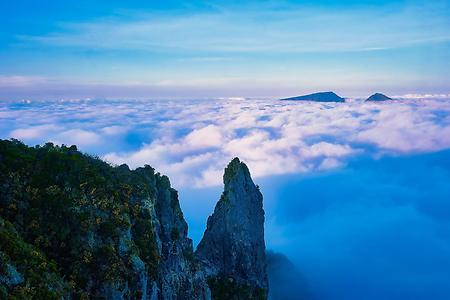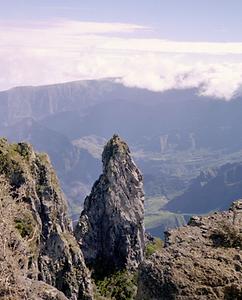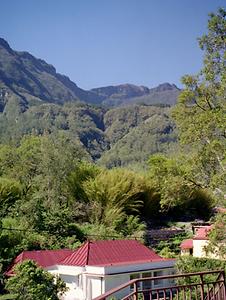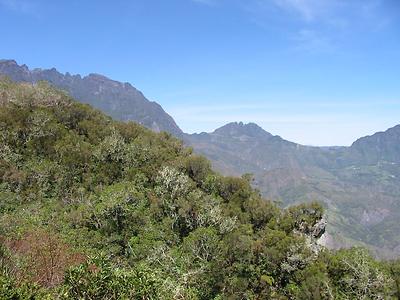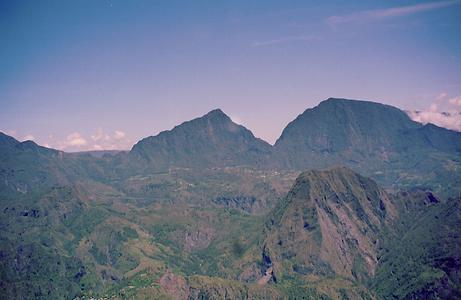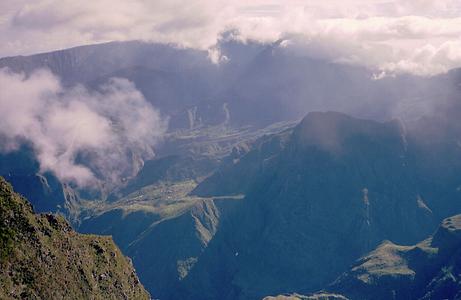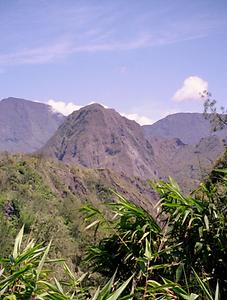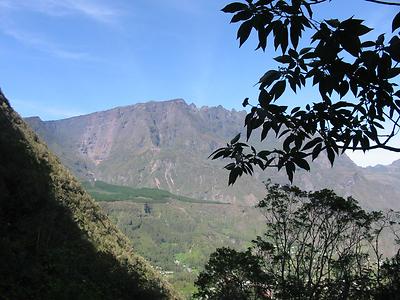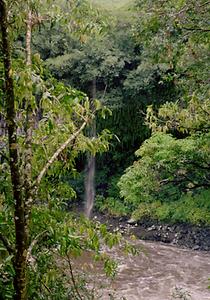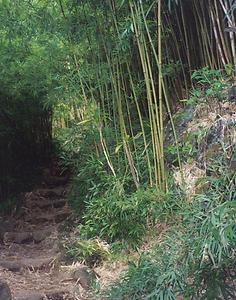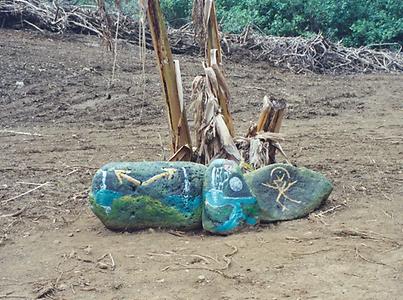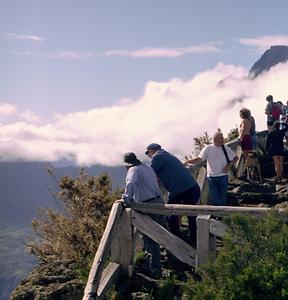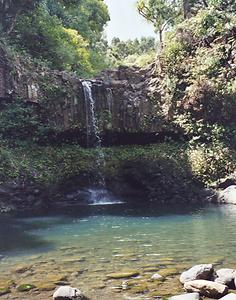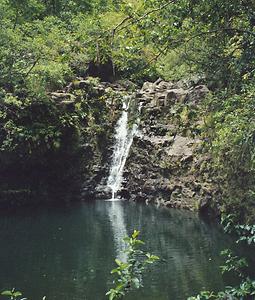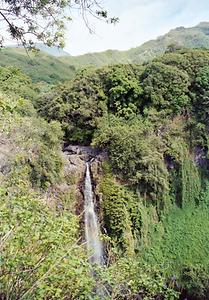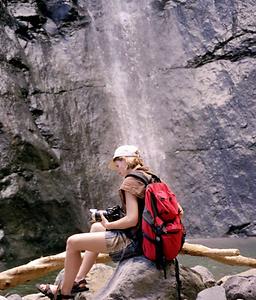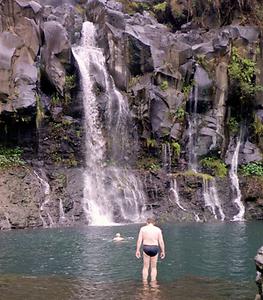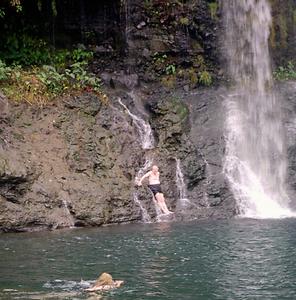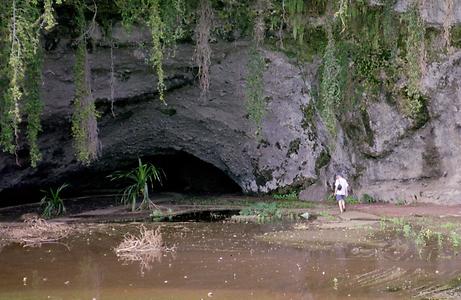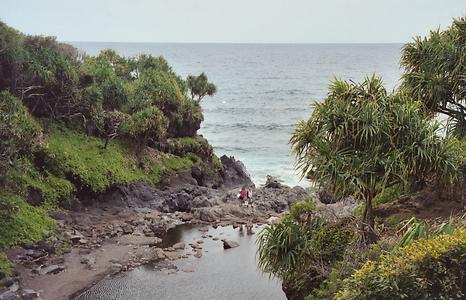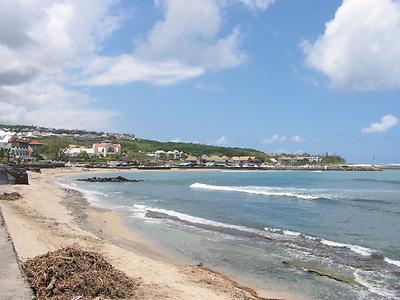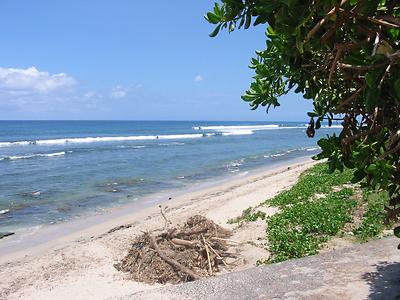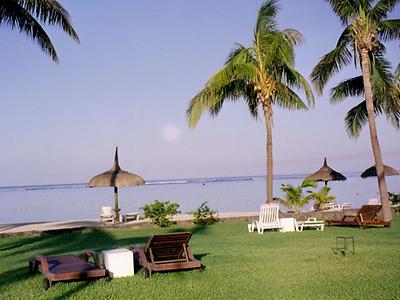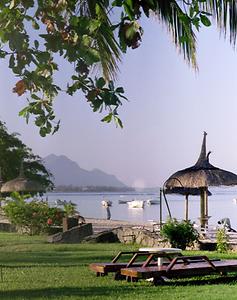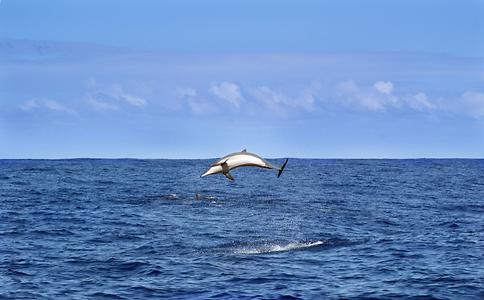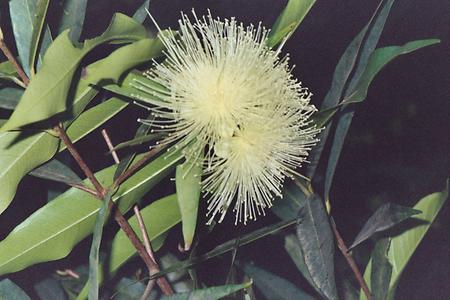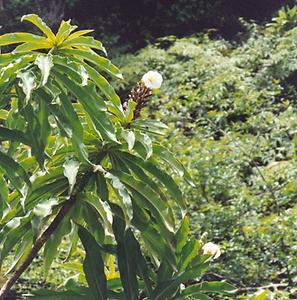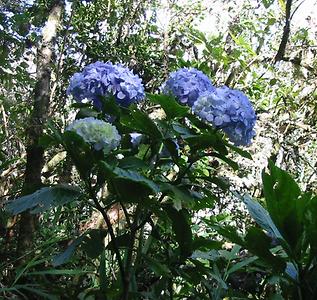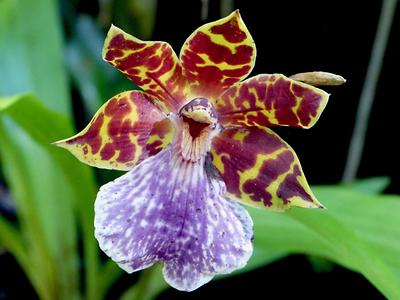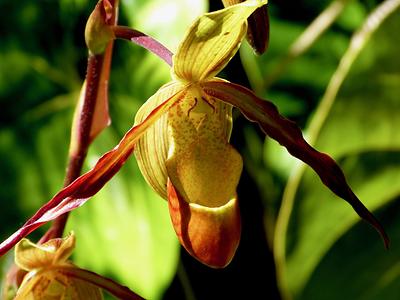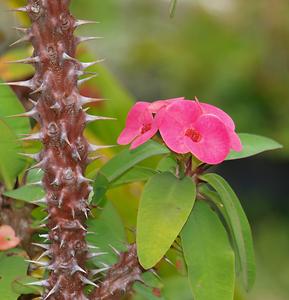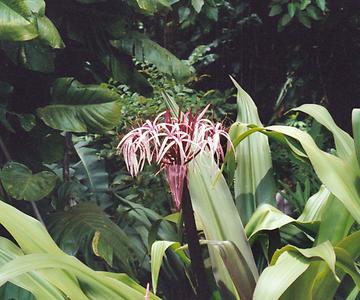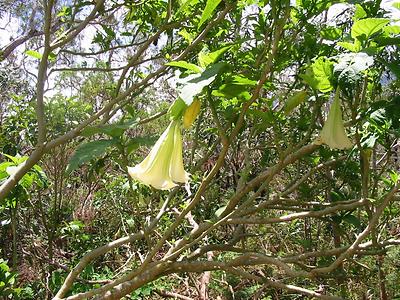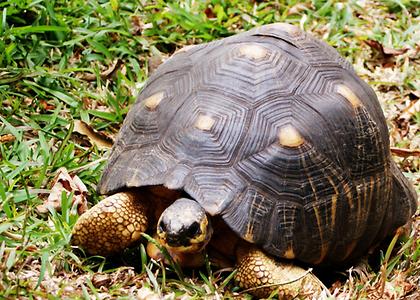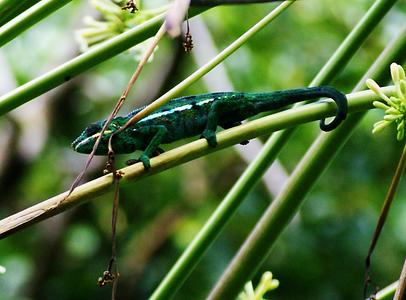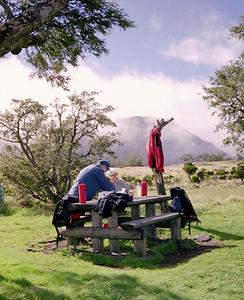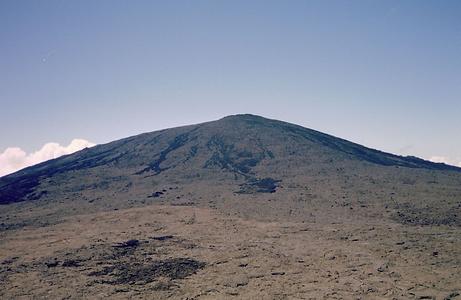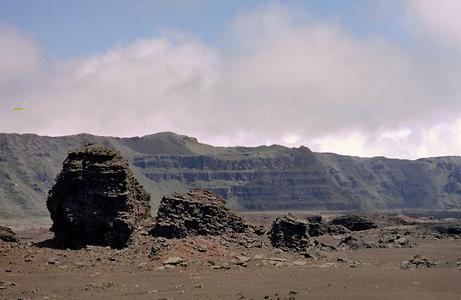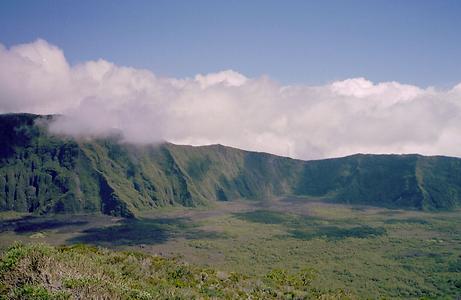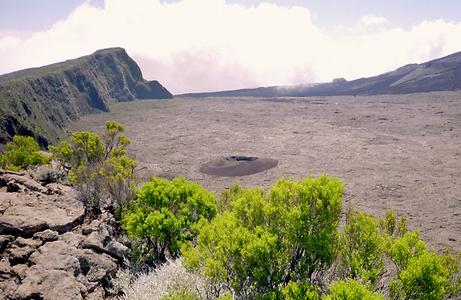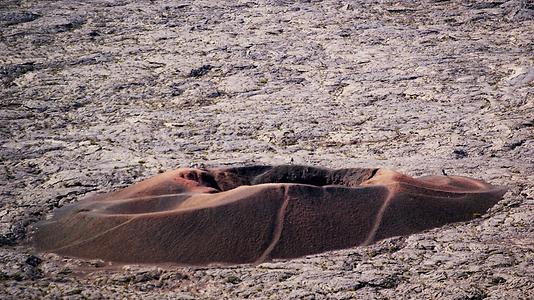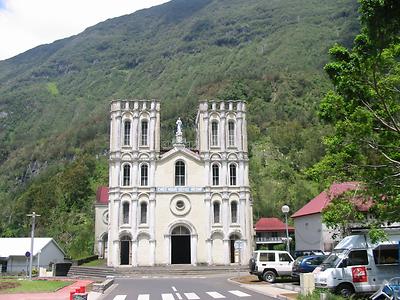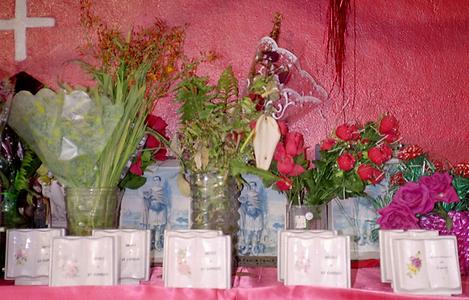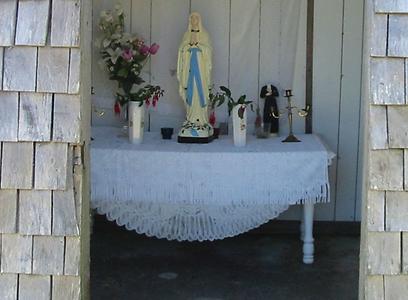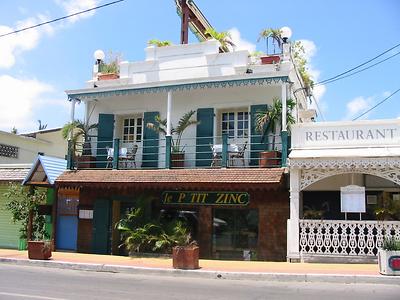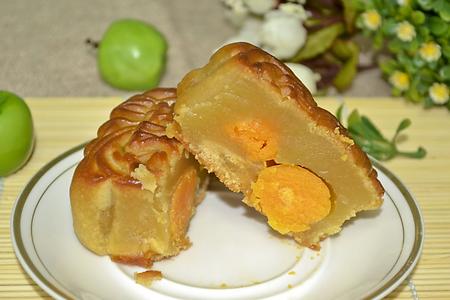Impressions of La Réunion#
Die Insel bietet einige wenige typische Südseestrände, aber seher viel mehr (Lava)steilküsten, eine sehr interessnate Berglandschaft (deren Erschließung durch die regelmäßigen Regen am Nachmittag nicht erleichert wird). Umgekehrt hat dadurch die Insel unzählige Wasserfälle, und je nach Niederschlag mit klaren Tümpeln oder reißendem Wasser unter beeindruckenden Wassserfällen. Die Orte haben haben typischen franzöisch-kreolischen Flair.
Neben einer intereressanten Tier- und Pflanzenwelt beeindruckt die Insel durch die häufigen Zeugen eines einfachen christlichen Glaubens, toruistsich aber vorallem druch die unglaublich gewundenen engen Bergstraßen, wie etwa jne nach Cilaos. Es steht dafür die Open Stree View Karte von das untenstehenden Bild zwei nur einen Überblick zeigt, genauer zu erforschen. Damit wird die Lage von Cilaos, die Kraterlandschaft des aktiven Vulkans, aber auch die stärker besiedelte Nordküste (mit der Universitätsstadt St. Denis) und der Westküste deutlich, und dass die Südosthälfte verkehrstechnisch fast vom nördlichen Teil der Insel abgeschnitten ist.
Offshore, part of the west coast is characterised by a coral reef system with just a few typical "South sea pradise" beaches here and there. SCUBA diving is different, since basically divers explore lava stratas and caves under water. Réunion also has three calderas, deep collapsed volcanic areas with peaks still standign, many of them inhabited and only eachabl efb foot or helicopter. The wdingi road to Cilaos with many top viewpoints is a must. It is wothwhile to examien in detzail the Open Stree View Map that shows Piton Neige near Cilaos, and also the active caldera of the Southen volcanoe and how it separates the nothern part of the island from the southern part, als clear from pictures one below.
- Note: All pictures with no photo-credit come from B. and S. Sauer, U. and H. Maurer and can be used freely (public domain). A few few public domain pictures are from pixabay.com. Except for the latter all date back to trips after staying on the island of Mauritius in 2002 and 2003.

Hikes in the mountains#
Waterfalls#
Beaches#
Flowers and animals#
Near or at south crater Piton de la Fournaise #
Spiritual life and life#

